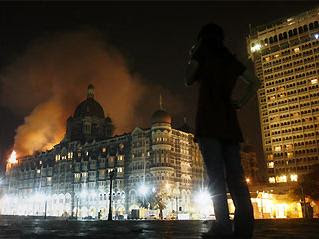
About 65 million years ago, at the end of Cretaceous period, all the dinosaurs had become extinct. There are many theories about the extinction of dinosaurs. It is believed that a massive asteroid may have crashed into the earth. This caused an enormous explosion that formed a huge cloud of dust.This blocked the sun's rays. Because of it the temperature got lowered and the plants died. The herbivores that fed on them also died. The carnivore have fed on there flesh but they may have also perished.

There is also another theory that a massive volcano that erupted, blasting lava into the atmosphere. These theories where developed from the layer of iridium in late cretaceous period. This metal is only present in the core of earth and in asteroids. Hence the theories.

But the disappearance of the dinosaurs gave an opportunity for mammals to became dominant on land and for the birds to rule the air supreme.

Remains of dinosaurs were first discovered in England in the 1820. Then they where discovered in many parts of the world.The name dinosaur was suggested by Richard Owen which means terrible reptiles!!!!

































































